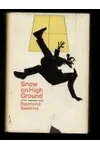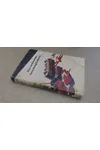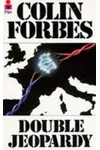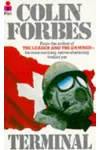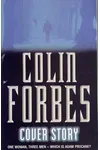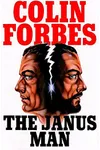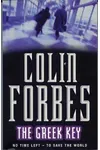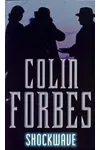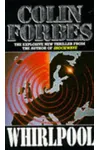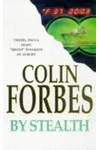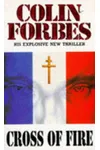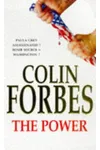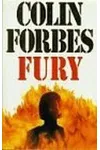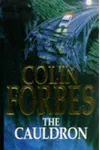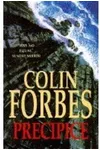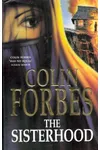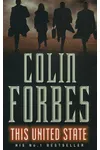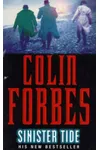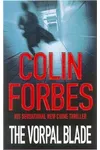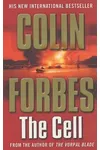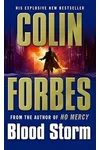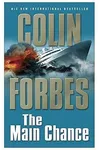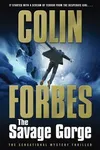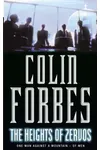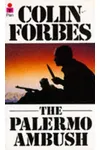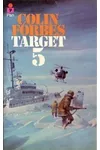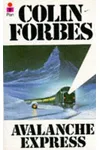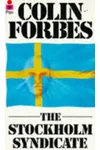Picture a British storyteller spinning tales of espionage that whisk you from foggy London streets to icy Arctic wastes—meet Colin Forbes! Born Raymond Harold Sawkins, this master of spy thrillers penned over 40 novels under his iconic pseudonym, captivating readers with intricate plots and vivid settings. His Tweed & Co. series, led by the sharp-witted Deputy Director of the Secret Intelligence Service, redefined the genre with its blend of global intrigue and meticulous detail.
Forbes wasn’t just a writer; he was a world-builder who visited every location he described, ensuring authenticity that made his stories leap off the page. From wartime heroics to crafting bestsellers, his life was as thrilling as his books. Let’s dive into the world of Colin Forbes!
The Making of Colin Forbes
Born on July 14, 1923, in Hampstead, London, Raymond Sawkins grew up with a knack for storytelling. Educated at The Lower School of John Lyon in Harrow, he dove into publishing at 16, working as a sub-editor. World War II called, and Sawkins served in the British Army across North Africa and the Middle East, later joining the Army Newspaper Unit in Rome. These experiences shaped his knack for vivid, grounded narratives. Back in civilian life, he honed his craft in publishing before becoming a full-time novelist, adopting the pen name Colin Forbes with his 1969 novel Tramp in Armour.
Colin Forbes’s Unforgettable Stories
Forbes’s bibliography is a treasure trove of suspense, with the Tweed & Co. series standing as his crown jewel. Spanning 24 novels from 1982’s Double Jeopardy to 2006’s The Savage Gorge, the series follows Tweed, Paula Grey, and Bob Newman as they unravel conspiracies for the Secret Intelligence Service. Double Jeopardy kicks off with a murdered agent and a neo-Nazi mystery, setting the tone for high-stakes espionage. Terminal (1984) dives into a sinister Swiss clinic, blending medical intrigue with political tension.
Beyond Tweed, Forbes’s standalone novels like Avalanche Express (1977) showcase his versatility, with its train-bound thriller adapted into a 1979 film starring Lee Marvin. His style—fast-paced, richly descriptive, and fog-laden—reflects his love for authentic settings. Forbes often visited locations like Lapland and Lake Konstanz, infusing his work with a cinematic quality. His 1995 novel Fury, inspired by his late wife Jane’s courage, adds emotional depth, setting it apart in his oeuvre.
Forbes’s prologues and epilogues became a signature, framing his stories with a sense of urgency. His ability to weave contemporary issues—like Cold War tensions or terrorism—into timeless thriller tropes kept readers hooked across decades.
Why Colin Forbes Matters
Colin Forbes carved a niche in the spy thriller genre, blending the grit of le Carré with the pace of Ludlum. His meticulous research and immersive settings made his novels a masterclass in authenticity, influencing a generation of thriller writers. Though only Avalanche Express hit the big screen (to mixed reviews), his Tweed series built a loyal fanbase, with titles like The Janus Man earning praise for their intricate plots. Forbes’s legacy endures in his ability to make readers feel the chill of a Norwegian fjord or the tension of a Whitehall briefing.
His personal touch—visiting every locale and drawing from his wartime experiences—gave his work a unique edge. Even after his passing in 2006, Forbes’s novels remain a thrilling escape for fans of espionage.
- Born: July 14, 1923, Hampstead, London
- Died: August 23, 2006
- Key Works: Double Jeopardy, Terminal, Avalanche Express, Fury
- Notable: Visited every location featured in his novels
Snag Double Jeopardy and dive into Colin Forbes’s world of spies, secrets, and suspense!
